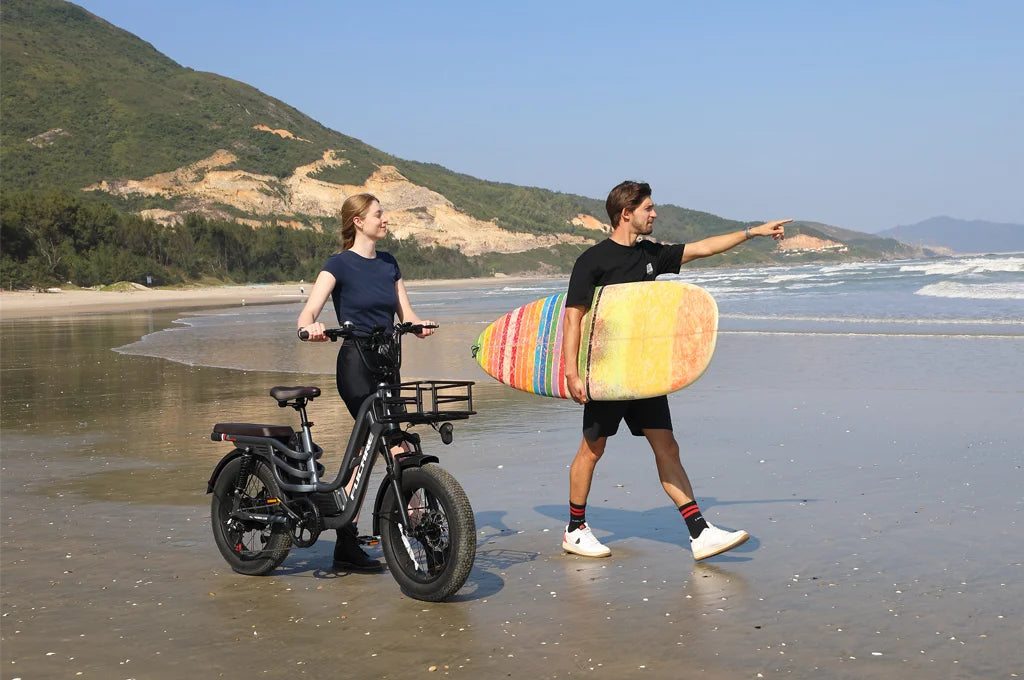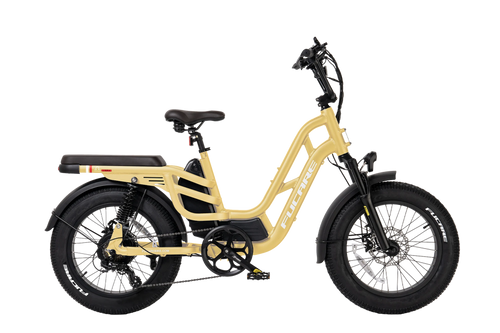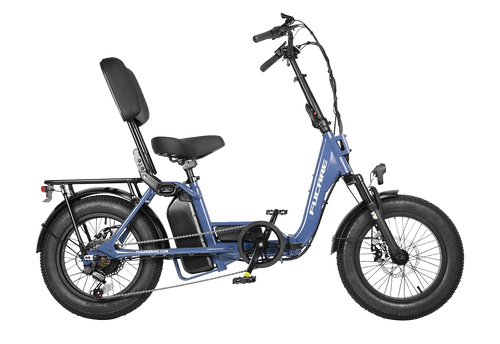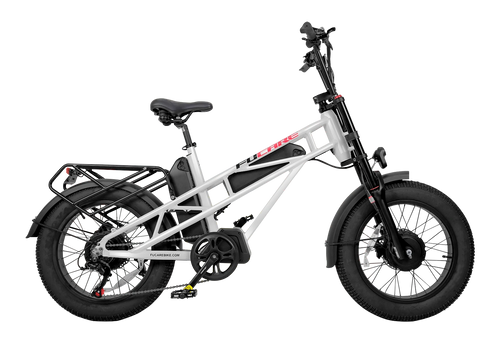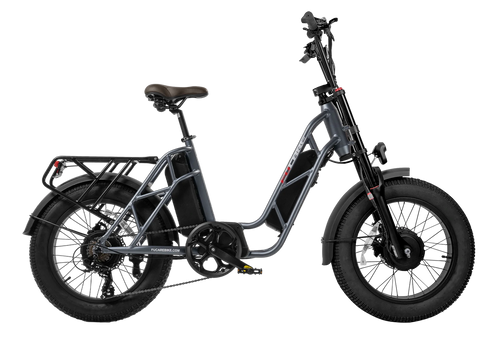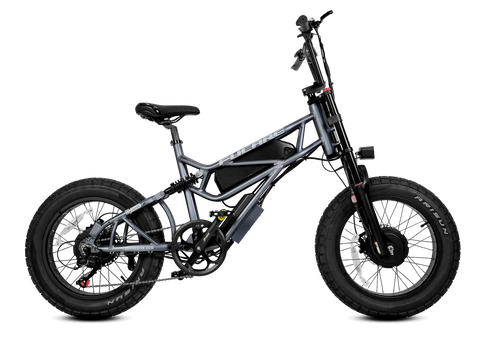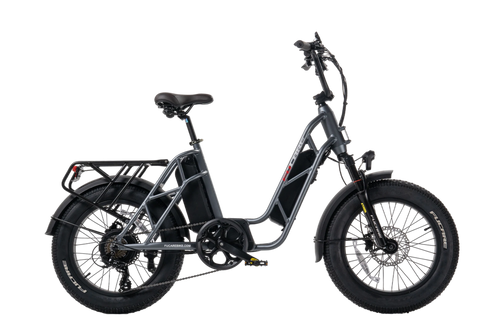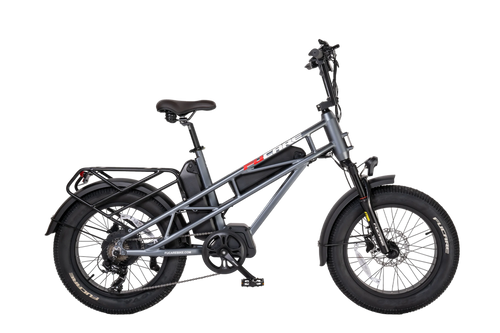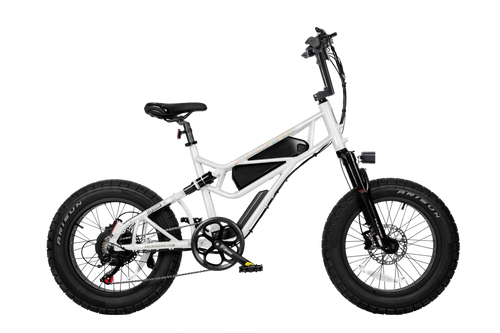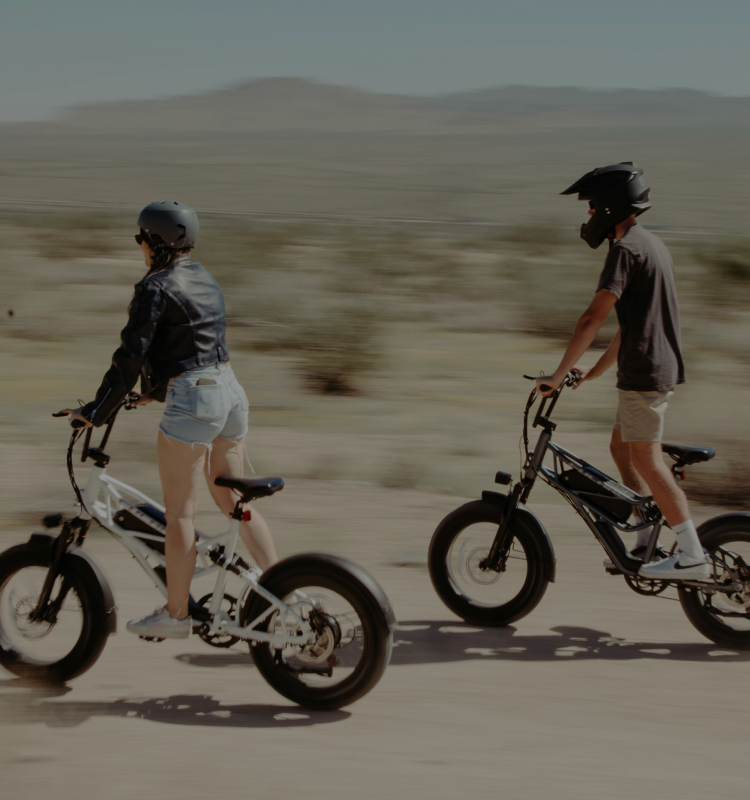What are the 3 classes of e-bikes?

Electric bikes (e-bikes) have become increasingly popular in recent years, thanks to their ability to provide a convenient and eco-friendly way to get around. With their pedal-assist motors, e-bikes can take the strain out of cycling, making them a great option for people of all ages and fitness levels.
But not all e-bikes are created equal. There are 3 classes of e-bikes in the US, each with its own unique set of features and regulations. In this article, we'll take a look at the three classes of e-bikes and help you decide which one is right for you.

Class 1: Pedal-assist only, up to 20 mph
Class 1 e-bikes are designed to provide pedal-assist only, meaning that the motor will only engage when you are pedaling. The motor will typically cut out at 20 mph, so you'll still need to put in some effort to get up to speed. Class 1 e-bikes are often allowed on bike paths and trails like traditional bicycles, making them a versatile choice for urban and recreational use.
Key Features:
- Pedal-assist only
- Motor assistance up to 20 mph
- Typically allowed on bike paths and trails
Class 2: Pedal-assist with throttle, up to 20 mph
Class 2 e-bikes are similar to Class 1 e-bikes, but they also have a throttle. This means that you can use the throttle to power the bike without pedaling, up to a speed of 20 mph. Like Class 1, these bikes are often permitted on bike paths and trails, but it’s always best to check local regulations.
Key Features:
- Pedal-assist and throttle
- Motor assistance up to 20 mph
- Versatile for various terrains
Class 3: Pedal-assist only, up to 28 mph
Class 3 e-bikes are the most powerful of the three classes. They provide pedal assistance up to 28 mph and are equipped with a speedometer. These bikes are designed for those who need to cover longer distances quickly or use their e-bike for commuting. However, it is important to note that Class 3 e-bikes are not allowed on all bike paths and trails, and they may require a registration or license in some jurisdictions.
Key Features:
- Pedal-assist only
- Motor assistance up to 28 mph
- Equipped with a speedometer
- Generally restricted to road use
You may want to know: Do Electric Bikes With A Throttle Qualify As Class 3 E-Bikes?
Legal Considerations: Before purchasing and using an e-bike, it's crucial to familiarize yourself with local laws and regulations. E-bike classifications and usage rules can vary significantly between regions, so understanding the legal landscape will ensure a safe and compliant riding experience.
Choosing the Right e-bike For You
In conclusion, Class 1 e-bikes offer a traditional biking experience with motor assistance, Class 2 e-bikes provide the flexibility of throttle control, and Class 3 e-bikes deliver higher speeds for commuting and long-distance travel.
If you're looking for a casual bike for riding around town, a Class 1 e-bike is a great option. If you need a bike for commuting or longer rides, a Class 2 or Class 3 e-bike may be a better choice. And if you have physical limitations that make pedaling difficult, a Class 2 e-bike can give you the extra boost you need.
Continue reading

How to Avoid Frequent Flats: A Comprehensive Guide
